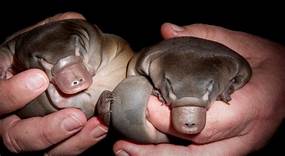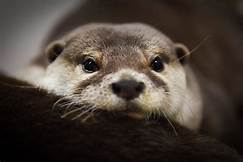Can a Platypus Be a Pet?
Platypuses are fascinating and unique creatures that are native to Australia and Papua New Guinea.

Characteristics of Platypuses
1. Appearance: Platypuses have a distinctive appearance with their duck-like bill, flat, beaver-like tail, and webbed feet. They are covered in soft, dense fur, which helps them stay warm in the water.
2. Habitat: Platypuses live in freshwater rivers and streams, where they can find food and shelter. They construct burrows in banks or under trees near the water's edge.
3. Diet: Platypuses are carnivorous and primarily feed on aquatic insects, worms, and small crustaceans. They use their bill to detect movement in the water and then dive to catch their prey.
Legality of Keeping Platypuses as Pets
1. Legal Regulations: Keeping platypuses as pets is generally prohibited by law in most countries, including Australia. This is due to their unique characteristics and the need to protect their wild populations.
2. Conservation Status: Platypuses are considered a near-threatened species, primarily due to habitat loss, water pollution, and climate change. Keeping them as pets could further contribute to their decline.
Practical Considerations
1. Specialized Care: Platypuses have specialized dietary and environmental needs that are difficult to replicate in captivity. They require access to clean, flowing water, a varied diet, and specific temperature and humidity levels.
2. Behavioral Challenges: Platypuses are solitary creatures and can be aggressive towards potential mates or perceived threats. They may also become stressed in captivity, leading to health problems.
3. Ethical Concerns: Keeping platypuses as pets raises ethical concerns about the exploitation of wild animals. These animals are not domesticated and belong in their natural habitats, where they can thrive and contribute to the ecosystem.
Conclusion
While platypuses are intriguing creatures, they are not suitable as pets. Keeping them in captivity poses legal, practical, and ethical challenges. It is important to respect and protect these unique animals in their natural environments rather than attempting to keep them as pets.
Declaration: All article resources on this website, unless otherwise specified or labeled, are collected from online resources. If the content on this website infringes on the legitimate rights and interests of the original author, you can contact this website to delete it.



